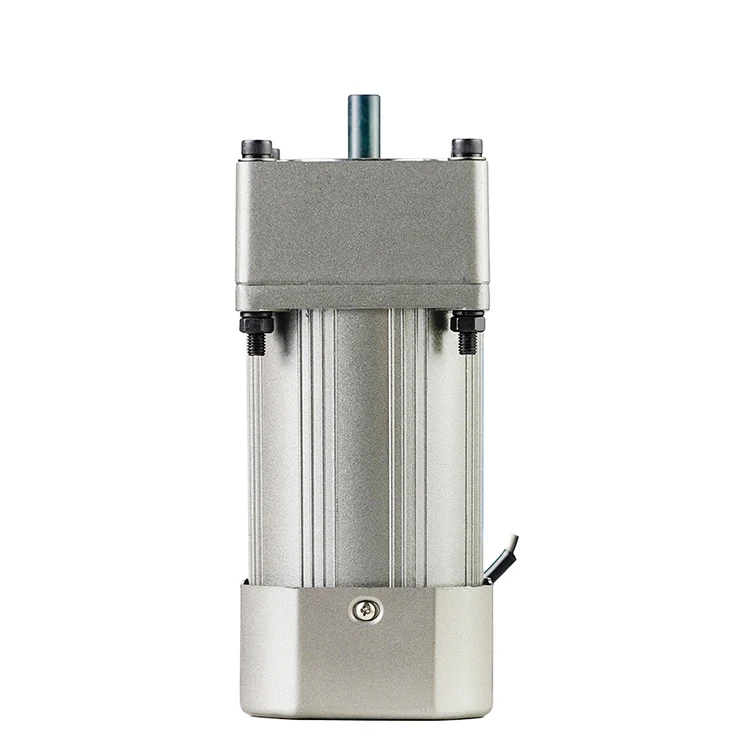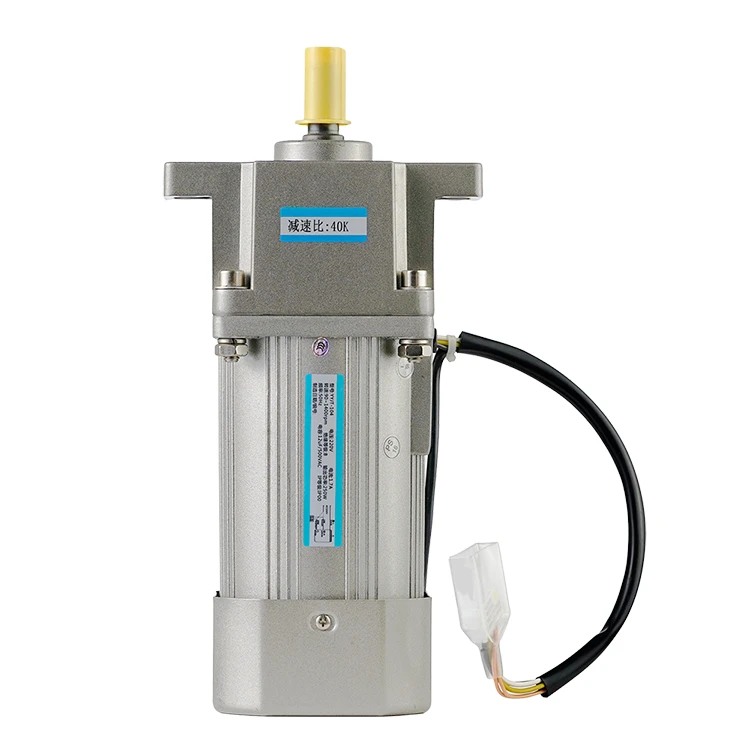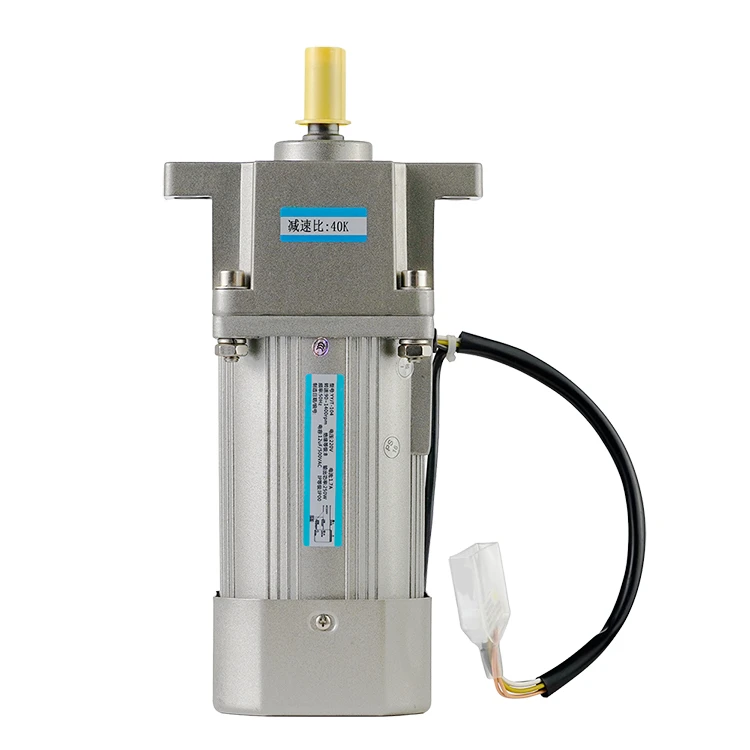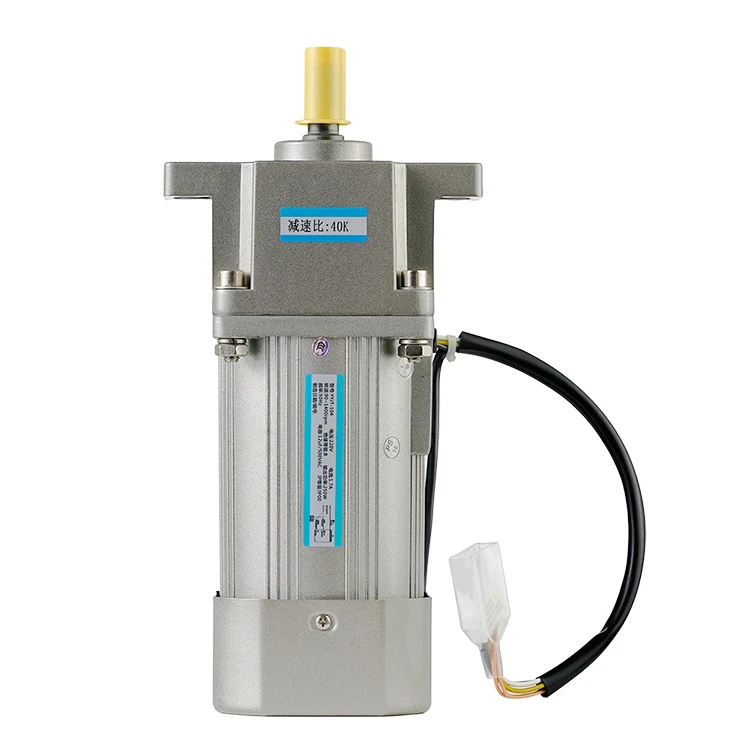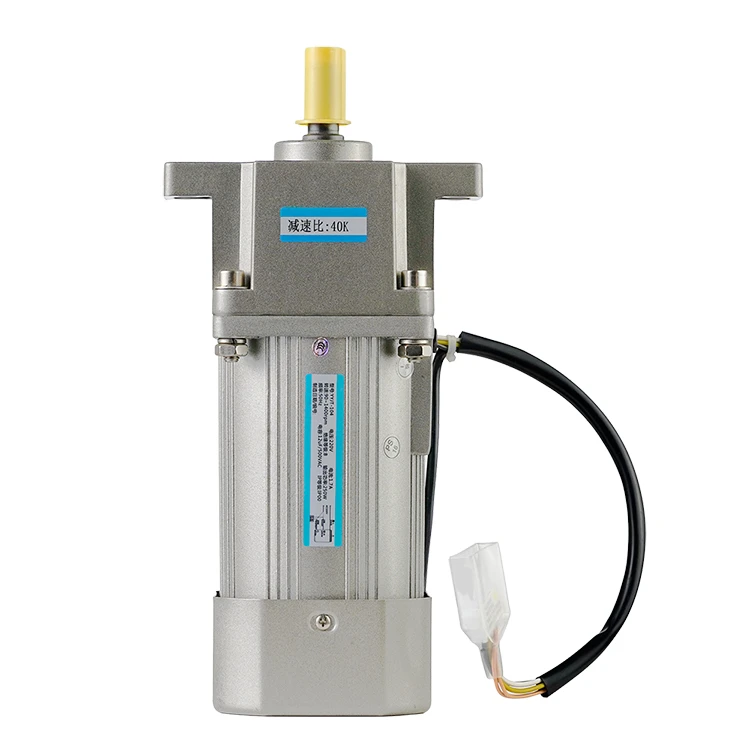Which is better servo or stepper motors?
2023-02-21 17:45:43
When it comes to choosing the right type of motor for a specific application, it can be difficult to decide between servo and stepper motors. Both types of motors have their own unique features and benefits, and the choice ultimately depends on the specific needs of the application.
One key difference between servo and stepper motors is their level of precision. Servo motors are known for their high level of accuracy and precise control, as they use feedback mechanisms such as encoders to ensure that they are moving to the correct position. Stepper motors, on the other hand, do not have this feedback mechanism, and their precision is limited by the number of steps per revolution and the resolution of the controller.
Another important factor to consider is the type of load that the motor will be driving. Servo motors are better suited for applications with high loads and high acceleration, as they have the ability to deliver high torque at low speeds. Stepper motors, on the other hand, are more suitable for applications with lower loads and lower acceleration, as they are not able to deliver as much torque at low speeds.
In terms of speed, servo motors have a higher maximum speed compared to stepper motors . This makes servo motors ideal for applications that require high speed and quick acceleration, such as robotics or machine tools. Stepper motors, on the other hand, are more suitable for applications that require precise positioning at lower speeds, such as 3D printers or CNC machines.
When it comes to cost, stepper motors are generally less expensive than servo motors. This is due to the fact that stepper motors are simpler in design and do not require the use of expensive feedback mechanisms. However, the lower initial cost of stepper motors may be offset by the need for more complex and expensive controllers, as well as the potential for reduced performance and accuracy.
In conclusion, both servo and stepper motors have their own unique features and benefits, and the choice between the two ultimately depends on the specific needs of the application. Servo motors are ideal for applications that require high accuracy, high torque at low speeds, and high speed and acceleration, while stepper motors are better suited for applications that require precise positioning at lower speeds and lower loads.
See What Lunyee Can Do For You
Contact Us
- 8619149417743
- +86-0371-5562 0274
- [email protected]
- Zhengzhou, Henan Province, China
- Mon-Fri: 9:00 - 18:00
